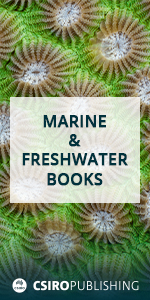
A phylogenetic analysis based on four genetic markers segregates material previously considered to belong to the octocoral genus Umbellula into a new family, two new genera and a new species. The complementary use of molecular and morphological data is necessary to disaggregate paraphyletic and polyphyletic groups when detected to understand the evolutionary pathways giving rise to the diversity in this and other groups of taxonomically challenging invertebrates.







